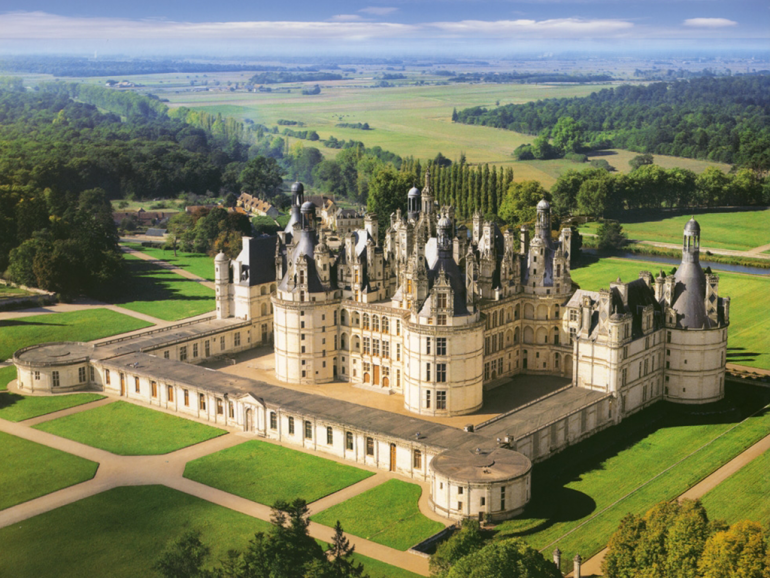Welcome to Olivia’s Valois Blog!
The House of Valois was a cadet branch of the Capetian dynasty, which was founded by Hugh Capet at the end of the 10th century. When King Charles IV of France known as the Fair (le Bel) passed away in 1328 without leaving any legitimate male progeny, the direct Capetian male line died out. Due to the Salic law (a remnant of the Merovingian epoch), the country could not have been ruled by a woman. Therefore, Philippe VI of France, who was a son of Count Charles de Valois and a nephew of Philippe IV the Fair (le Bel), inherited the throne. The House of Valois, which was also descended from Hugh Capet, ruled France from 1328 to 1589.
The Valois family was directly descended from Charles, Count de Valois (1270-1325), the second surviving son of King Philippe III of France the Bold (le Hardi). Count Charles’ descendants had to fight for their right to rule France against the English during the long and devastating Hundred Years’ War that lasted for 116 years with breaks. Sometimes, the invasion of France was hindered by the Black Death that arrived in Europe in the middle of the 14th century and killed thousands of people. There were several quite long periods when the English forces dominated France, and the Treaty of Troyes of 1420 disinherited the only surviving son of King Charles VI the Mad (le Fou) – Dauphin Charles (later Charles VII of France). The Valois family could have lost their crown, but providence interference with the appearance of the heroic Jeanne d’Arc who became the spiritual symbol of unity for all the French people who were loyal to the cause of liberating the country. Even after Jeanne’s capture by the Burgundians and her burning on the orders of the English, it took King Charles VII of France about 20-25 years to create a professional and powerful army that eventually expelled the English from the continent, save the city of Calais. There is a myth in Anglo-Saxon literature and popular culture that Charles VII betrayed Jeanne after her capture, for there are documents in French archives proving that he tried to ransom her, but in vain.
The House of Valois emerged triumphant from the Hundred Years’ War. The most remarkable of all the Valois kings are: King Charles V of France called the Wise (le Sage); King Charles VII of France known as the Victorious (le Victorieux); King Louis XI of France nicknamed the Cunning (le Rusé) or the Universal Spider (l’universelle Aragne); and King François I of France, a godfather of the French Renaissance who was also called the Knight-King. Junior members of the family founded cadet branches in Orléans, Anjou, Burgundy, and Alençon. Unfortunately, after holding the throne for several centuries, the Valois male line went extinct with the tragic assassination of the childless King Henri III of France in 1589.






















